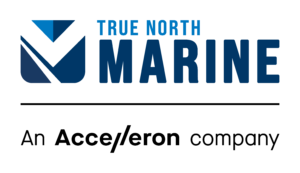By Capt. Gurjeet Warya
With the rapid pace of events since the start of 2020, shipowners and operators could be forgiven for not being up-to-date with one big industry change from a few months ago: IMO 2020.
To help, we at TNM have created this Ready Reckoner as a resource for owners and operators so that you can familiarize yourself with some of the lesser-known and regional ECA restrictions and conditions.
IMO 2020 Refresher:
The IMO 2020 regulations limit the sulphur content in ships’ fuel oil to a maximum 0.50%. The regulation has been in force globally since 1 January 2020, under the IMO’s MARPOL treaty, benefits for the environment and human health from a reduction in sulphur oxides in the air.
Consistent implementation of the IMO 2020 regulation is enhanced from 1 March 2020, with the entry into force of a rule to ban the carriage of non-compliant fuel oil.
Specifically, the March 01 MARPOL amendment prohibits the carriage of non-compliant fuel oil for combustion purposes, for , or operation on board a ship – unless the ship has an approved exhaust gas cleaning system (“scrubber”) fitted.
Further to this, certain designated emission control areas have stricter limits for ships operating within their boundaries which have been in placeIn designated emission control areas, the maximum sulphur limit in fuel oil is 0.10 % (the four ECAs are: the Baltic Sea area; the North Sea area; the North American area (covering designated coastal areas off the United States and Canada); and the United States Caribbean Sea area (around Puerto Rico and the United States Virgin Islands)).
Aside from IMO designated emission control areas, various states party to the convention have implemented regional ECAs. Please find below a quick synopsis of other ECAs and sulphur limits worldwide.
China:
There are 4 key articles governing the ECA area surrounding China, see our summary below:
Article 1; From January 1st 2020 onward, international ships entering waters under the jurisdiction of the People’s Republic of China are to use fuel oil of sulphur content not exceeding 0.50%m/m. Coastal ECA excludes the waters under the jurisdiction of Hong Kong, Macao and Taiwan.
Article 2; From January 1st 2020 onward, international ships entering China inland waterway emission control areas are to use fuel oil of sulphur content not exceeding 0.10%m/m. From January 1st 2022 onward, international ships entering Hainan waters within China emission control areas are to use fuel oil of sulphur content not exceeding 0.10%m/m.
Article 3; From March 1st 2020 onward, international ships entering waters under the jurisdiction of the People’s Republic of China are prohibited to carry fuel oil of sulphur content exceeding 0.50%m/m on board ships.
Article 4; For ships using alternative measures complying with the equivalents requirement as set out in MARPOL Annex VI Regulation 4, the requirements of above Article 1, Article 2 and Article 3 can be exempted.
Table 1: Brief on fuel oil sulphur content(m/m) limit for international ships entering China waters
| Effective Date | Inland Waterway ECA | Hainan waters within ECA | Other waters |
| 01 January 2020 | 0.10 % | 0.50% | 0.50% |
| 01 January 2022 | — | 0.10% | — |
Table 2: Ban on carriage of non-compliant fuel oil and discharge of wash water from open-loop scrubbers
| Effective Date | Requirement |
| 01 January 2020 | Ships are prohibited to discharge wash water from open-loop scrubbers in China emission control areas |
| 01 March 2020 | International ships entering waters under jurisdiction of China are prohibited to carry non-complaint fuel oil onboard |






